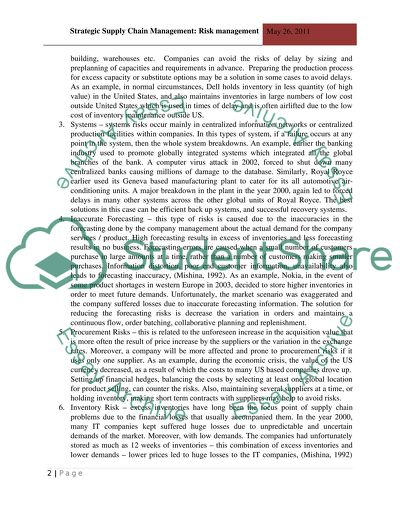Cite this document
(“Strategic Supply Chain Management: Risk management Essay”, n.d.)
Retrieved from https://studentshare.org/environmental-studies/1422539-strategic-supply-chain-management-risk-management
Retrieved from https://studentshare.org/environmental-studies/1422539-strategic-supply-chain-management-risk-management
(Strategic Supply Chain Management: Risk Management Essay)
https://studentshare.org/environmental-studies/1422539-strategic-supply-chain-management-risk-management.
https://studentshare.org/environmental-studies/1422539-strategic-supply-chain-management-risk-management.
“Strategic Supply Chain Management: Risk Management Essay”, n.d. https://studentshare.org/environmental-studies/1422539-strategic-supply-chain-management-risk-management.


